This section is for paid subscribers only. Our subscription is only $3700/- for one full year.
You get unlimited access to all paid section and features on the website with this subscription.
Subscribe to read full article
This section is for paid subscribers only. Our subscription is only $37/- for one full year.
You get unlimited access to all paid section and features on the website with this subscription.
Not ready for a full subscription?
You can access this article for $2, and have it saved to your account for one year.
- Release Date1966
- GenreCrime, Drama
- FormatB-W
- LanguageHindi
- Run Time140 mins
- Number of Reels14
- Gauge35mm
- Censor RatingU
- Censor Certificate Number85892
- Certificate Date22/08/1977 (Re-certification)
- Shooting LocationKardar Studios, Mehboob Studios, Mohan Studios, Rajkamal Studios, RK Studios
The story of "DULHAN EK RAAT KI" was inspired by the great English Writer, Thomas Hardy's "Tess of the D'Urbervilles." Its heroine Nirmala, like Tess is always on the run, like a hunted deer. But who is the hunter? Destiny? Man?
The outline of its plot has a classic simplicity Nirmala meets Ashok in Dehra Doon. They fall in love, but Ashok's job tears him away from his beloved. In the meantime Nirmala is obliged to work as a companion to the blind mother of Ranjit, a dissolute play-boy. He casts an evil eye on her in their very first meeting and one night ravishes her in a fit of jealousy and animal passion.
The lovers meet again in Mussoorie. Ashok asks Nirmala to marry. She evades the issue, but when he pursues the matter, she, in fairness to her love for him, writes a letter revealing her dark past. The letter unfortunately is misplaced and never reaches Ashok. They marry, and the fearful letter is received by Ashok on the wedding night. To err is human, but to forgive is God-like. Ashok being an ordinary mortal is prey to common prejudices and traditions, and he leaves Nirmala.
She goes to Naini Tal and is employed as a governess in the home of a widower. Here Ranjit comes in her life again. But he is altogether a changed person now. He has become a pious holy-man as a result of penance. The suspenseful dramatic scenes that follow are something to be hold on the screen, and mere words cannot possibly convey their powerful impact.
In the nerve-shattering climax the story through its principal characters achieve not only pathos but grandeur Nirmala, Ashok and even Ranjit rise to the height of their destiny, and whether defiant or acquiescent, they become ennobled by what they represent, and enlarged by what they confront.
(From the official press booklet)
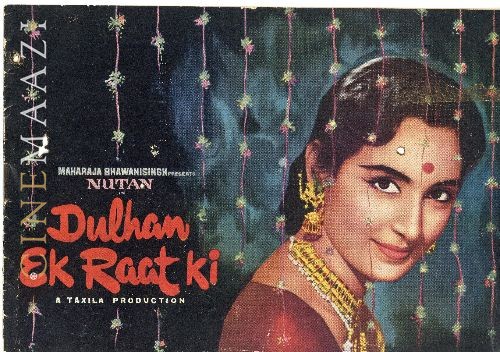
Cast
-
Neetu Singh
credited as baby Sonia
Crew
-
BannerTaxila, Bombay
-
Director
-
Music Director
-
Lyricist
-
Screenplay
-
Dialogues
-
Cinematography
-
Editing
-
Choreography
-
Costumes
-
Make-up
-
Laboratory/ Processed atFamous Cine Lab, Tardeo
-
Music CompanyH M V
-
StillsStudio Shangrila
-
Art Direction
-
Song Recording






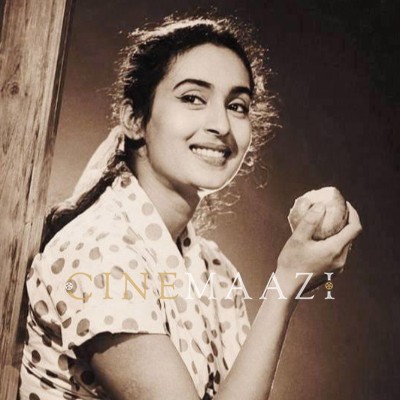
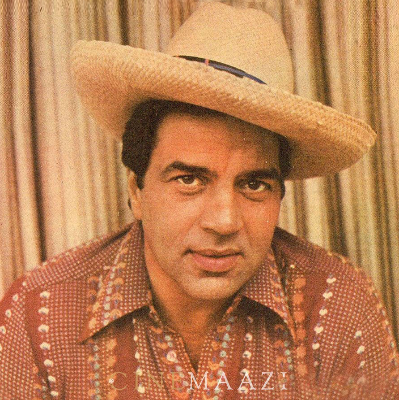
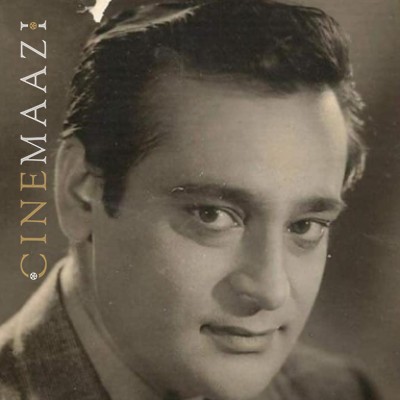


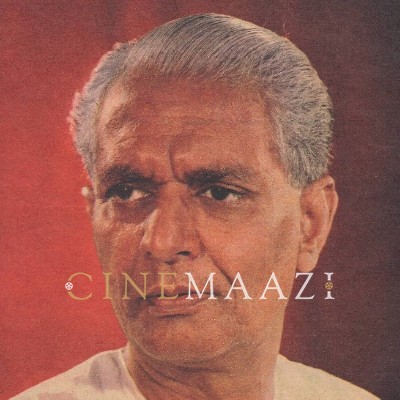
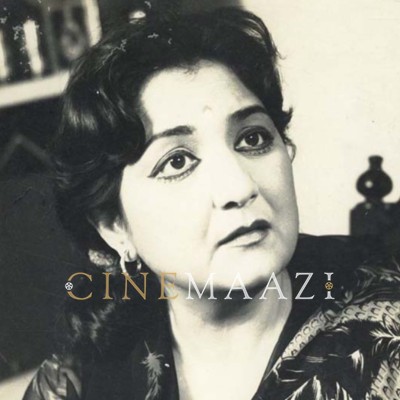

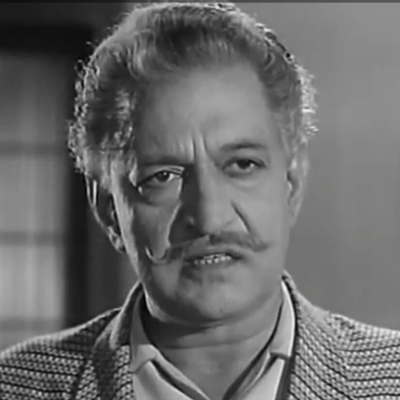

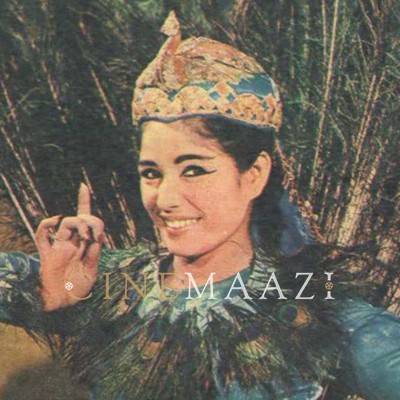

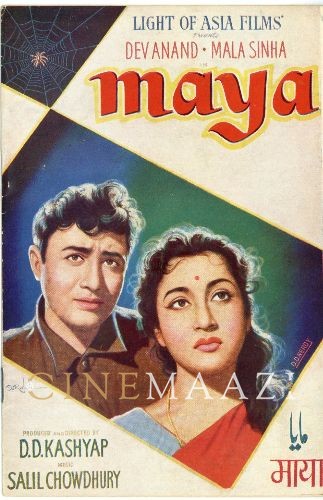
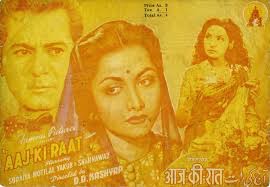

.jpg)



